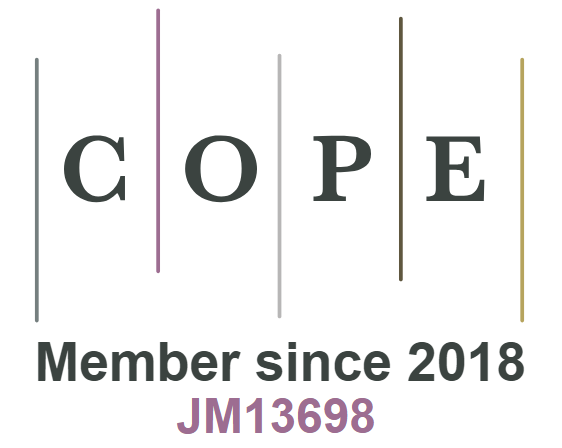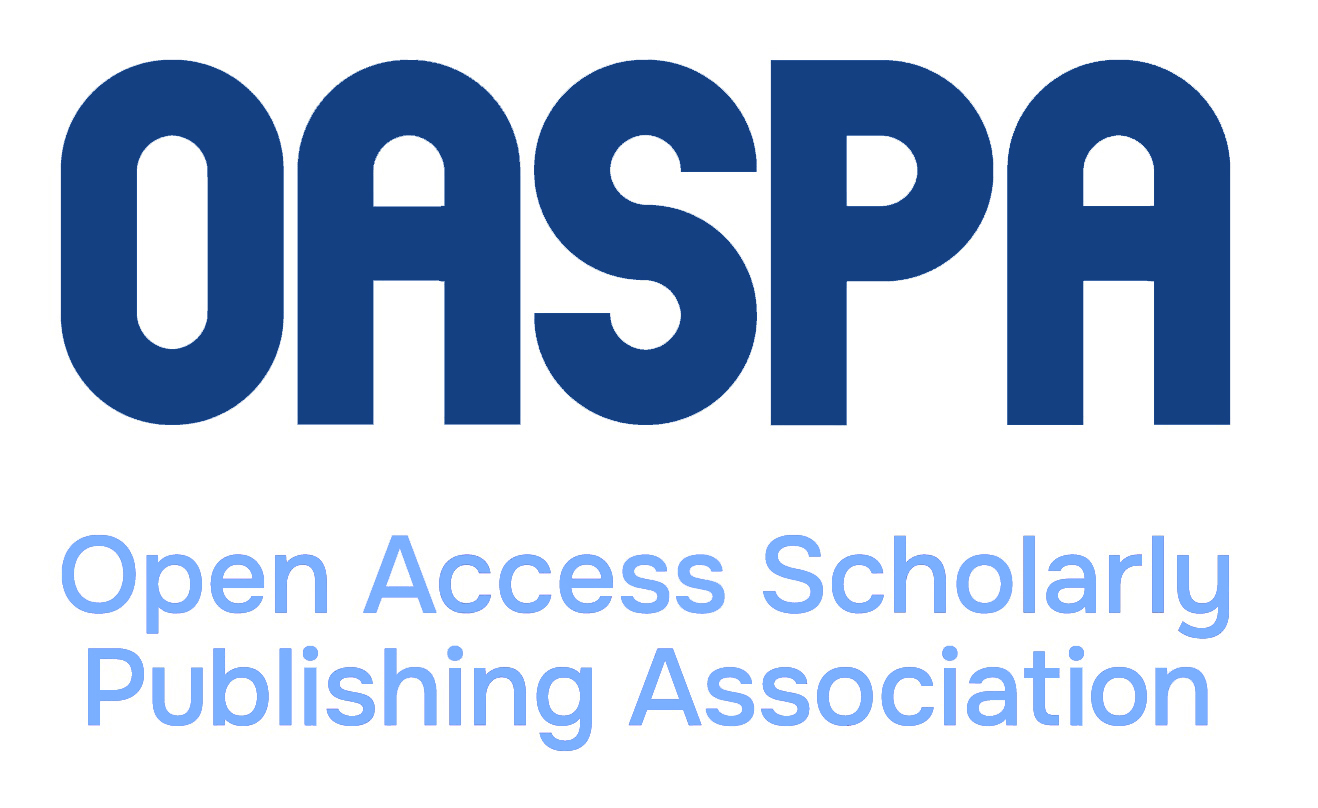UDK 37.016:17
DOI: 10.15507/1991-9468.082.020.201601.097-104
TEACHING METHODOLOGY IN THE STUDY OF BIOETHICS
Zhanna V. Chashina
(associate professor, Chair of Philosophy, Institute of History and Sociology, Ogarev Mordovia State University (68, Bolshevistskaya St., Saransk, Russia), Ph.D. (Philosophy), OR CID: http://orcid.org/0000-0002-7199-0959, chashina.j@ yandex.ru)
Asel D. Kartanova
(associate professor, Chair of Information Systems and Technologies, Isanov Kyrgyz State University of Construction, Transport and Architecture (34b , Maldybaeva St., Bishkek, Kyrgyzstan), Ph.D. (Philosophy), ORCID: http://orcid.org/0000-0001-8564-1365, This email address is being protected from spambots. You need JavaScript enabled to view it.)
Introduction: the article discusses significance of use of new technologies in the learning process for realisation of goals of cognitive and affective domain of knowledge. The paper explores the methods of development of educational knowledge, which is achieved by information, reproductive and research means. Based on example of bioethics the paper demonstrates the use of visuals technology (charts, graphs, tables, illustrations, specification, etc.), which performs the following tasks: memorising, analysis and synthesis, comparison and differentiation, categorisation and classification, identification of relationships between facts, and for the revision of the material studied, acquisition of the new knowledge, memo risation of educational material.
Materials and Methods: on the basis of the dialectical approach the object of research is new technologies in the learning process, in particular the study of bioethics. By using methods of observation, survey, analysis and synthesis in the educational process the authors prove the efficiency of such technologies as the use of visualisation (diagrams, illustrations), problem-based learning (issues, tasks and situations) and research tasks (case study method).
Results: visual method complements the learning process. It allows a deeper understanding of the subject. This method deals with feelings, emotions and consciousness of students. It encourages creativity. In addition this method of material presentation allows reducing the amount of material of an ordinary lecture. It is underscored that in the study of bioethics it is recommended to use a technology of a problem-based learning, which is able to implement the intellectual activity of students by means of questions¸ case-studies, tasks and situations. The most vivid form of such technology is a case method. The basis for the emergence of technology of problembased learning is a certain contradiction between knowledge and practice. This method can be attributed to the simulation model of learning, the benefits of which are the development of skills of practical experience of future specialists.
Discussion and Conclusions: the authors conclude that the use of technologies facilitates the solution of the following tasks: development of creative potential of students, analytical skills. It allows to classify and analyse information as well as to master the studied material and to ap ply it in practice.
Keywords: affective domain; bioethics; illustration; simulation model; cognitive domain; the case method; visualization; learning; problematic issue; challenging task; problem situation; technology
For citation: Chashina ZhV. Teaching methodology in the study of bioethics. Integratsiya obrazovaniya = Integration of Education. 2016; 1(20):97-104. DOI: 10.15507/1991-9468.082.020.201601.097-104





























